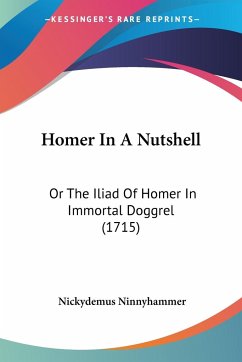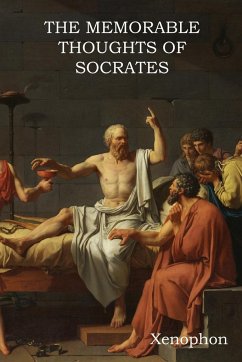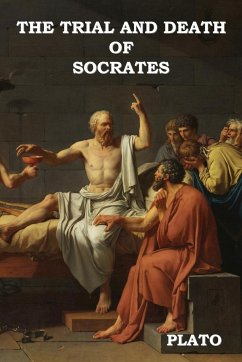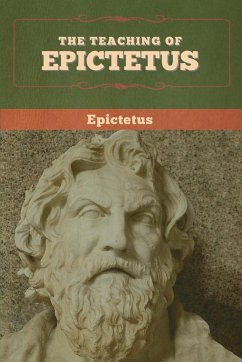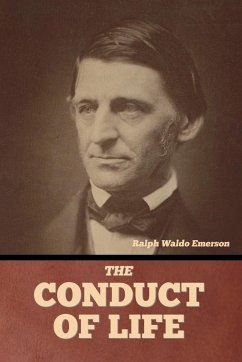
The World of Homer
Versandkostenfrei!
Versandfertig in 1-2 Wochen
18,99 €
inkl. MwSt.
Weitere Ausgaben:

PAYBACK Punkte
9 °P sammeln!
"Homer's world," "the world that Homer knew," these are familiar phrases; and criticism is apt to tell us that they are empty phrases. Nevertheless when we use them we think of that enchanted land, so clearly seen in the light of "the Sun of Greece"; in the light of Homer. It is a realm of splendid wars, of gleaming gold and bronze, of noble men and of the most beautiful of women, which shines through a rift in the mists that hide the years before it and the years that followed. Can what appears so brilliant, so living, so solid, have been unreal, the baseless fabric of a vision; of a dream, t...
"Homer's world," "the world that Homer knew," these are familiar phrases; and criticism is apt to tell us that they are empty phrases. Nevertheless when we use them we think of that enchanted land, so clearly seen in the light of "the Sun of Greece"; in the light of Homer. It is a realm of splendid wars, of gleaming gold and bronze, of noble men and of the most beautiful of women, which shines through a rift in the mists that hide the years before it and the years that followed. Can what appears so brilliant, so living, so solid, have been unreal, the baseless fabric of a vision; of a dream, too, that Homer never dreamed, for there was no Homer? The Homeric picture of life, the critics tell us, displays no actual scene of past human existence, and is not even the creation of one man's fantasy. It is but a bright medley and mosaic of coloured particles that came together fortuitously, or were pieced together clumsily, like some church window made up of fragments of stained mediaeval glass. "Homeric civilisation," says a critic, "is like Homeric language; as the one was never spoken, so the other was never lived by any one society."[1] It is the object of this book to prove, on the other hand, that Homeric civilisation, in all its details, was lived at a brief given period; that it was real. This could never be demonstrated till of recent years; till search with the spade on ancient sites that were ruinous or were built over anew in the historic times of Greece, revealed to us the ages that were before Homer, and that succeeded his day. By dint of excavations in the soil we now know much of the great Aegean or Minoan culture that was behind Homer; and know not a little of the Dark Ages that followed the disruption of his Achaean society. In studying Homer, and the predecessors and successors of the men of his Achaean time, we find ourselves obliged to take into account Four distinct Ages, and the culture of two or perhaps three distinct peoples; the pre-Homeric population of the Aegean coasts and isles; the Homeric Achaeans: and the historic Greeks, who appear to descend from, and to hold of both the pre-Homeric and the Homeric strains of blood and civilisation…






